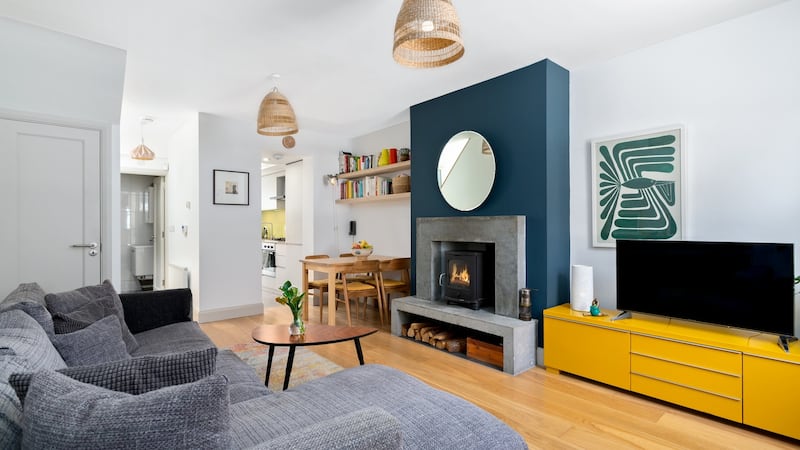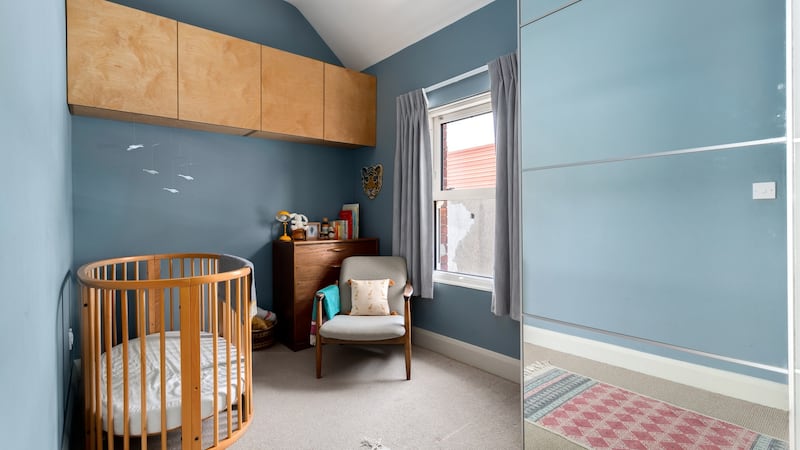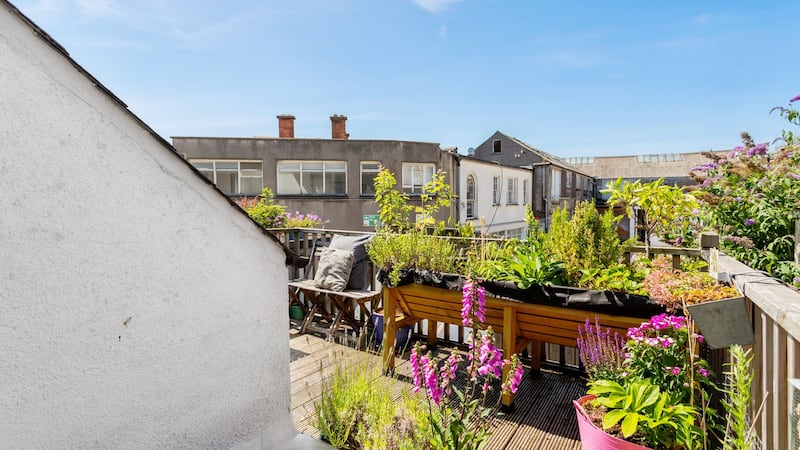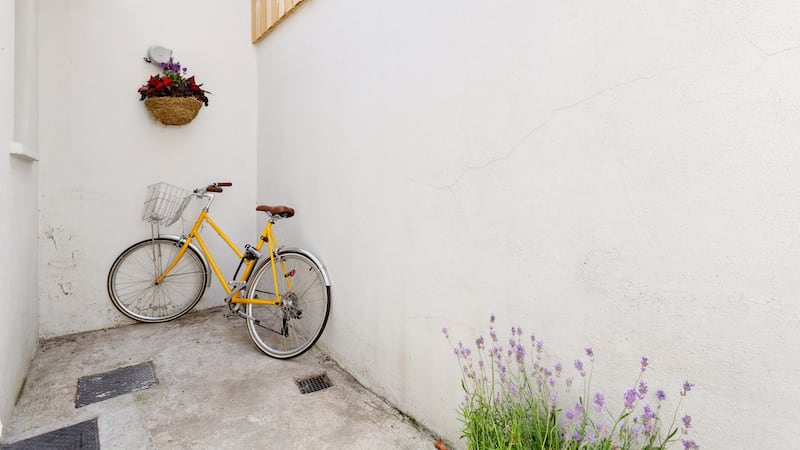Outside the boundaries of the medieval city, within the part of Dublin 8 known as the Liberties, change is happening fast. The spire of St Patrick’s Cathedral is visible through the network of scaffolds and cranes that are building up the streetscape around New Street and Newmarket, Cork Street and the Coombe.
Public and private developments in the area include apartments, apart-hotels and student accommodation, bringing new residents into this part of town that’s dotted with food enterprises such as Hen’s Teeth and the Fumbally, and fixtures such as the Tenters gastropub and Pimlico Stores.
Second-hand property is also changing hands, and Sherry FitzGerald is selling number 18A Ardee Street, a two-bed yellow-brick house at the south end of a terrace of three houses on the stretch of Ardee Street between Chamber Street and Oscar Square. The asking price is €425,000, and the Ber is C3.

The early street pattern is described in an archaeological report by Claire Walsh, who notes that Slige Dala, the ancient road from Munster, “followed the line of a stream, along a river valley known as the Coombe. The sharp turns north and east along this valley are still echoed by the characteristic turns in the road at the end of Cork Street, north into Ardee Street and then sharply east again on to the Coombe.” (This bend, known as the Crooked Staff, is marked on 17th-century maps.)
In the medieval period the area formed part of the lands of St Thomas’s abbey, which was founded in 1177. The whole site was granted to Sir William Brabazon, an ancestor of the earl of Meath, in 1544.
These names are reflected in the nearby streets, as are the industries of the weavers and tanners who moved into the area in the 17th century.


Later, the area was known for brewing and number 10 Ardee Street, built in the 1820s, is described in the National Inventory of Architectural Heritage as “one of the most notable houses surviving in the Liberties . . . [built for] the brewer and offices of Watkins’ Brewery.” Now, Teeling’s Distillery thrives at Newmarket.
The owners of number 18A reworked the interior considerably after purchasing it in 2014, and inside it feels larger than its 58 sq m (624sq ft) thanks to their clever use of space, colour and simple materials. The exterior sets the tone, with sash windows replaced and the house number painted on the glass above the smart blue door. This opens straight into the livingroom, which is floored in engineered oak with pale walls offset by a dark blue chimneybreast.


A smooth grey concrete hearth and mantelpiece surround a stove, and there are floating shelves in the recess, above the dining table.
Past this, the space is divided into a fully tiled shower room on the left, and a white galley kitchen on the right. This is particularly ingenious, with soft-close units and a white-finished plywood countertop lining each side. They are full depth on the sink and cooker side, where there is a cheery yellow glass splashback, and half the depth on the storage side.


The large grey floor tiles simplify the space, which is lit by a rooflight above and a half-glass door at the end. This leads to a little covered yard with room for plant pots and bicycles.
Upstairs, past a nicely finished storage space and under a Velux, are two bedrooms. Again the continuity of colour in the oatmeal carpet and soft grey-blue paint keeps things open and unfussy.
The front bedroom holds a large wardrobe and some eye-level wooden storage, and while it’s set up for a baby it would easily fit a bed. At the back, a double room houses the hot press and a glass door leads out to a surprising bonus; a south-west-facing decked terrace with seats and summery planting. Larger local green spaces include Oscar Square and Weaver Square.
Dublin City Council has granted planning permission for a mixed-use development on a site to the rear of this property, designed by MOLA Architecture for Chamber Street Developments Ltd.











